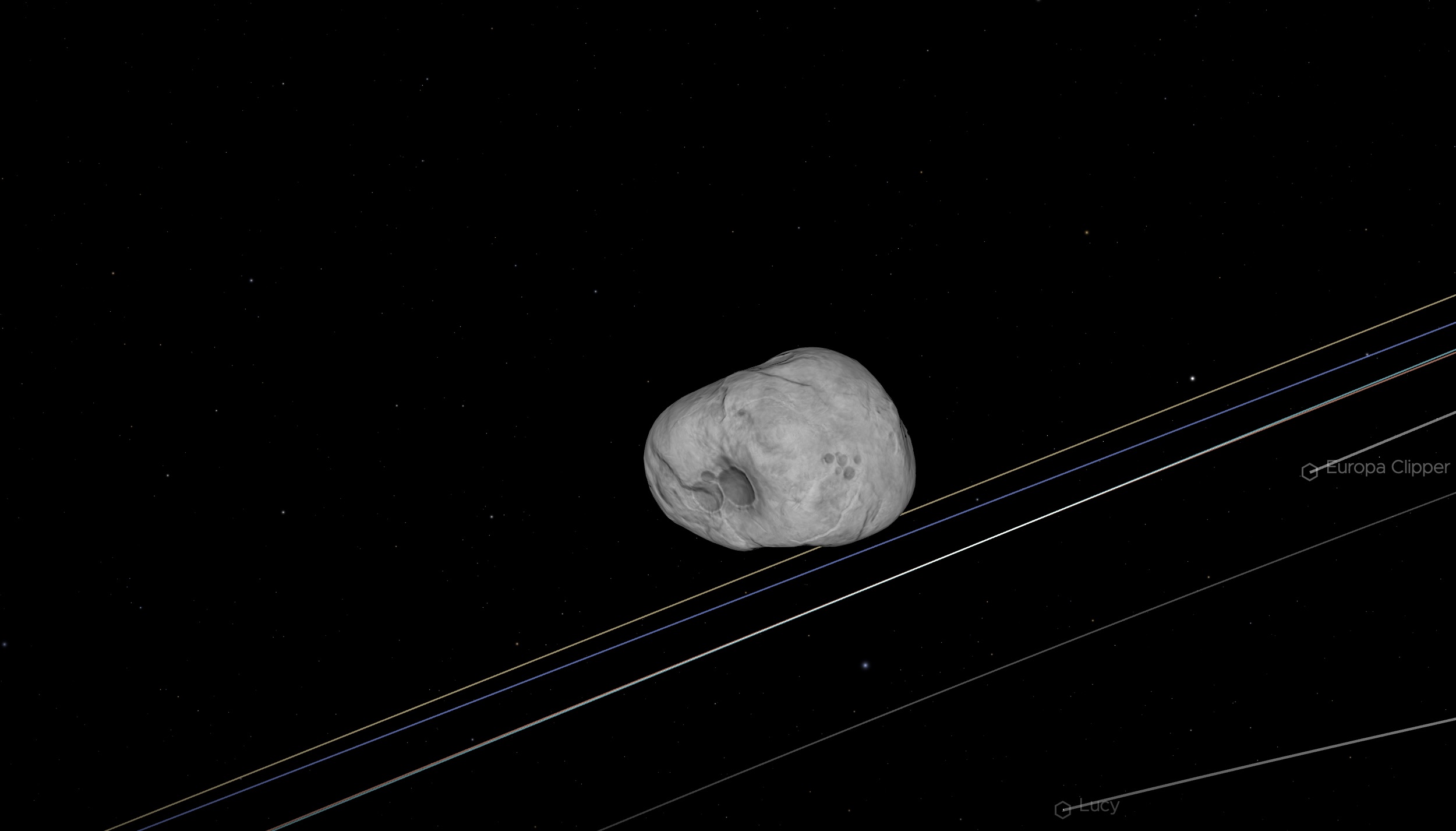Copyright International Business Times

NASA has confirmed that comet 3I/ATLAS—only the third interstellar object ever detected—will make a close but safe pass by the Sun and Venus later this year. The rare visitor, discovered by the ATLAS telescope in Chile, poses no threat to Earth but promises an unprecedented chance to study material from beyond our Solar System. Travelling at more than 70,000 miles per hour, 3I/ATLAS is capturing global attention as it journeys through the inner Solar System for the first and only time. A Rare Visitor From Beyond the Solar System The comet, officially named 3I/ATLAS, was discovered on 1 July 2025 by the Asteroid Terrestrial-impact Last Alert System (ATLAS) survey telescope in Chile. It follows the historic sightings of ʻOumuamua in 2017 and 2I/Borisov in 2019—making it the third known interstellar object ever recorded. Unlike typical Solar System comets, 3I/ATLAS moves on a hyperbolic trajectory, proving it originated from outside the Sun's gravitational field. According to observations from NASA's Hubble Space Telescope, the comet contains a distinctive mix of water ice, carbon dioxide, and metallic dust, unlike the composition of native comets in our system. Close Pass by the Sun and Venus The European Space Agency (ESA) reports that 3I/ATLAS will reach its closest distance to Earth—around 270 million kilometres (170 million miles)—on 19 December 2025, a completely safe margin. Before that, it will enter solar conjunction on 21 October, disappearing temporarily behind the Sun. The comet will then reach perihelion—its nearest point to the Sun—on 29 October, before sweeping 97 million kilometres (60 million miles) past Venus on 3 November. Astronomers emphasise that this is not a planetary alignment but an invaluable opportunity to observe how sunlight and gravitational forces affect the comet's coma and dust tail. The Venus fly-by will also help scientists analyse how interstellar material reacts to solar heating and planetary gravity. 'The scientific interest lies in how this comet behaves under extreme solar conditions,' NASA's Planetary Defence Coordination Office stated. '3I/ATLAS gives us a real-world opportunity to test observation and modelling techniques for fast-moving interstellar objects.' A Rare Scientific Opportunity NASA's Planetary Defence Coordination Office stated that 'the scientific interest lies in how this comet behaves under extreme solar conditions'. Researchers are using 3I/ATLAS as a live test case for modelling and observing fast-moving interstellar bodies. Harvard astrophysicist Avi Loeb has called the comet's composition and path 'a milestone for planetary science'. However, most experts agree it is a natural interstellar object rather than an artificial one. Both NASA and ESA have confirmed there is no potential hazard to Earth or the Moon system. When it re-emerges from behind the Sun in early December 2025, astronomers plan to resume detailed tracking and imaging. Astronomers plan to resume observations once the comet re-emerges from behind the Sun in early December 2025. The comet's journey through the inner Solar System may not signal a 'major cosmic event.' Still, it marks a historic opportunity to expand humanity's understanding of the universe beyond our own celestial neighbourhood. Expanding Humanity's Cosmic Knowledge While social media speculation has stirred talk of cosmic omens, experts are unanimous: 3I/ATLAS is a scientific gift, not a threat. Its fly-by provides a unique opportunity to understand how interstellar comets form, travel, and disintegrate. As NASA notes, 'each interstellar object we observe expands our knowledge of how planetary systems evolve across the galaxy'. For the public and the scientific community alike, 3I/ATLAS represents not a warning, but a window into the more expansive universe.



